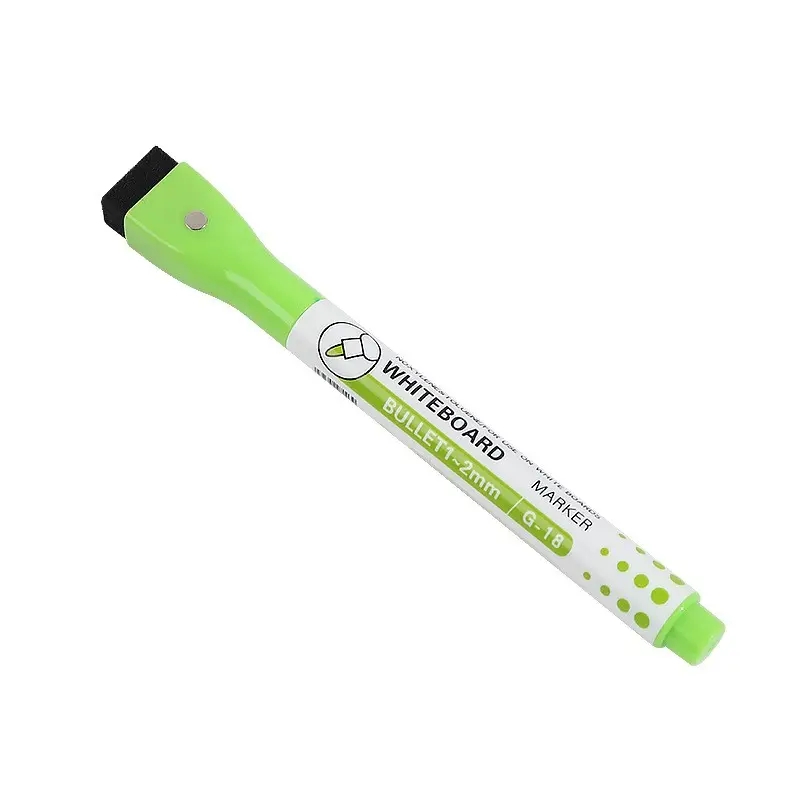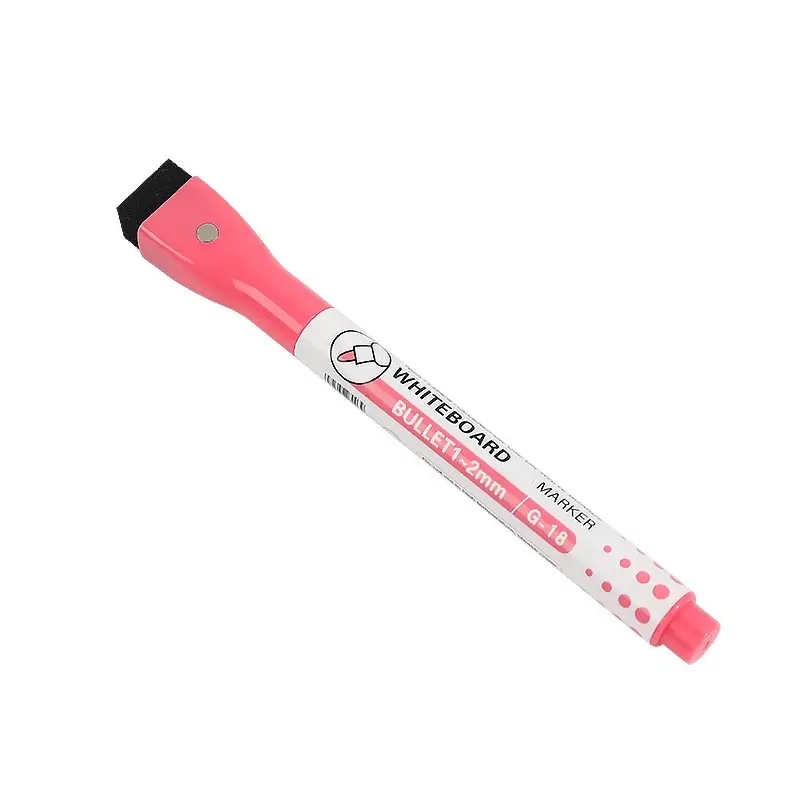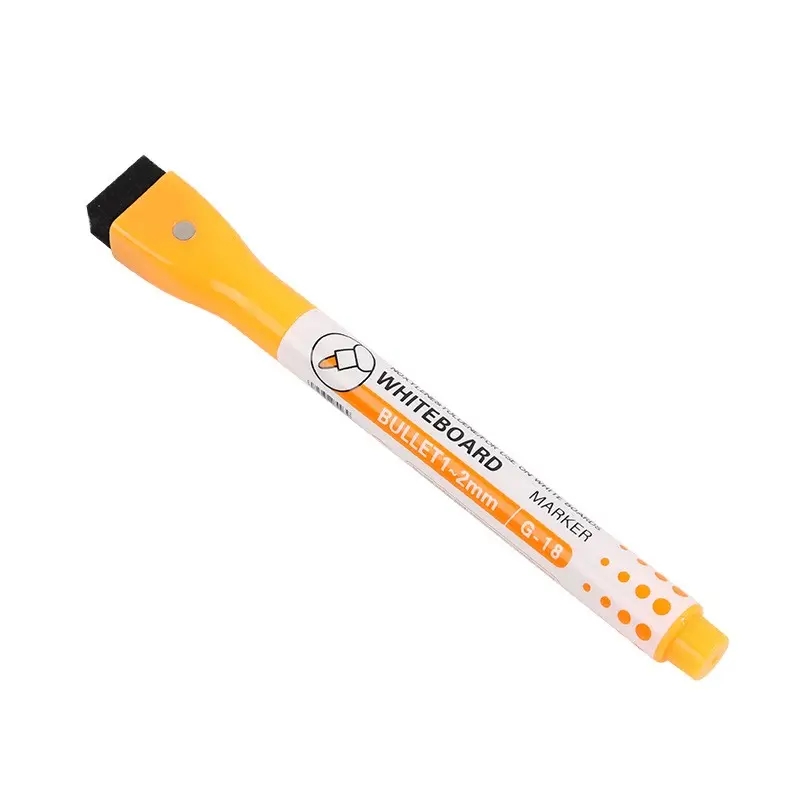In the world of writing and creative expression, marker pens stand as essential tools known for their precision, vibrancy, and versatility. This comprehensive guide explores marker pens, their origins, diverse applications, distinctive features, and crucial considerations to help you choose the perfect marker pen for your professional or artistic endeavors.
1. Marker Pens: A Brief History
The history of marker pens dates back to the early 20th century when Sidney Rosenthal invented the first felt-tip marker. Since then, marker pens have evolved significantly, offering a wide array of tip types, ink formulations, and colors to cater to various creative and professional needs.
2. Anatomy of a Marker Pen
Understanding the components of a marker pen is essential for making an informed choice. A standard marker pen consists of:
Barrel: The barrel houses the ink reservoir and provides structure to the pen. Marker barrels are typically made of plastic and come in various shapes and sizes for comfortable grip.
Tip: Marker tips vary widely, with options including fine point, broad point, brush, chisel, and more. These tips determine the type of strokes and line widths the marker can produce.
Ink Reservoir: Markers use a variety of inks, including alcohol-based, water-based, and pigment-based inks. Each type offers different drying times, colors, and properties to suit various applications.
3. Diverse Applications of Marker Pens
Marker pens are versatile tools with applications spanning various creative and professional domains:
Artistry: Artists and illustrators adore marker pens for their ability to create bold lines, smooth gradients, and vibrant colors across various surfaces, from paper to canvas.
Graphic Design: Graphic designers use markers for sketching, storyboarding, and concept ideation, thanks to their precision and quick-drying properties.
Architecture and Engineering: Professionals in architectural and engineering fields employ markers for precise drawings, diagrams, and project planning.
Education: Teachers and educators use markers for classroom presentations, creating visual aids, and grading assignments with clarity.
4. Key Considerations When Choosing a Marker Pen
Selecting the perfect marker pen requires careful consideration of several factors:
Ink Type: Marker pens come with different ink formulations. Alcohol-based markers offer quick drying and blending capabilities, while water-based markers are safer for children and provide easy cleanup. Pigment-based markers offer archival quality and resistance to fading.
Tip Type: Choose a tip type that suits your application. Fine tips are excellent for detail work, while broad tips are ideal for coloring large areas. Brush tips offer flexibility in stroke width, and chisel tips are versatile for both broad strokes and fine lines.
Color Range: Marker sets come in a wide range of colors, allowing for intricate detailing and vibrant artwork. Consider the color variety you need for your projects.
Surface Compatibility: Check if the markers are suitable for the surfaces you’ll be working on, whether it’s paper, cardboard, fabric, or other materials.
Drying Time: Some marker inks dry quickly, while others allow for blending and layering. Choose based on your preferred working speed and style.
Marker pens are more than just writing instruments; they are powerful tools for self-expression, communication, and creativity. Whether you’re an artist aiming to bring your ideas to life, a professional in need of precise graphics, or an educator looking to engage your students visually, marker pens offer the precision and versatility required for your endeavors. By understanding their components and assessing your specific requirements, you can select the perfect marker pen to make every stroke a masterpiece of precision and creativity.



